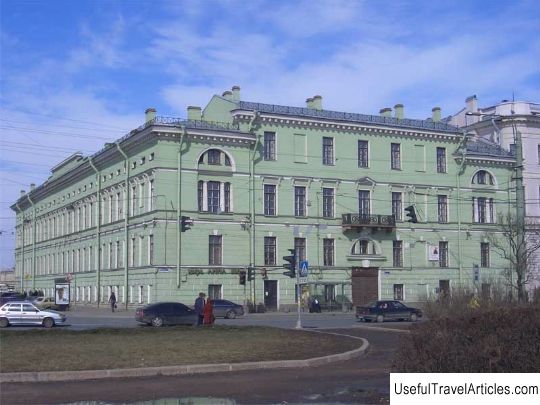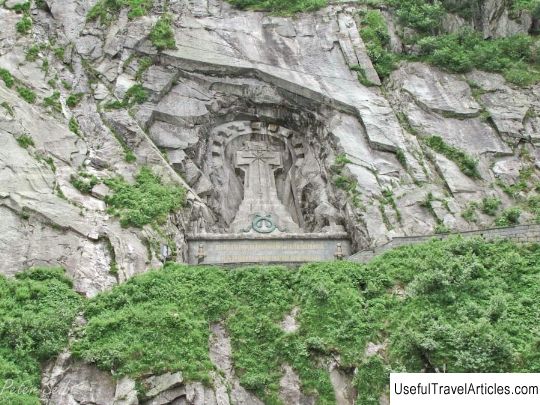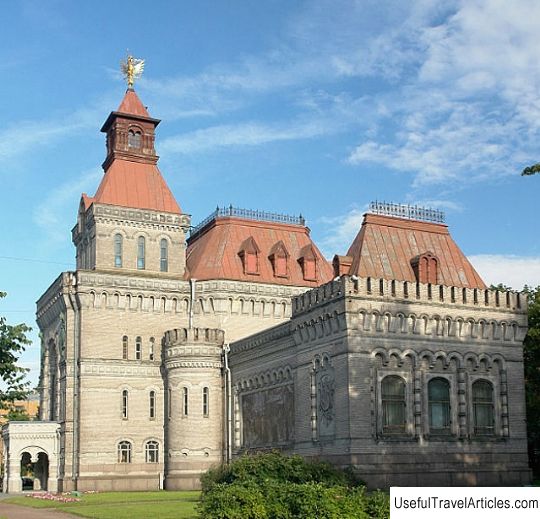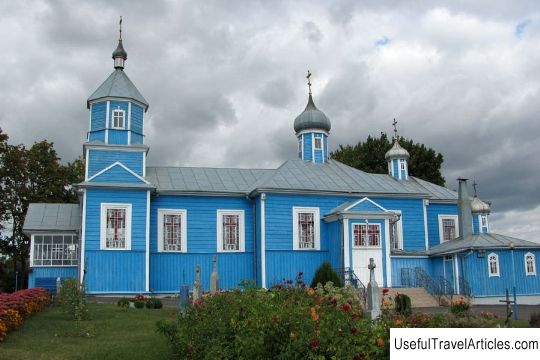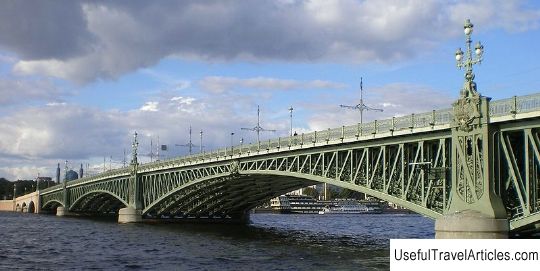Monument to A. V. Suvorov description and photo - Russia - St. Petersburg: St. Petersburg
Rating: 8,7/10 (654 votes) 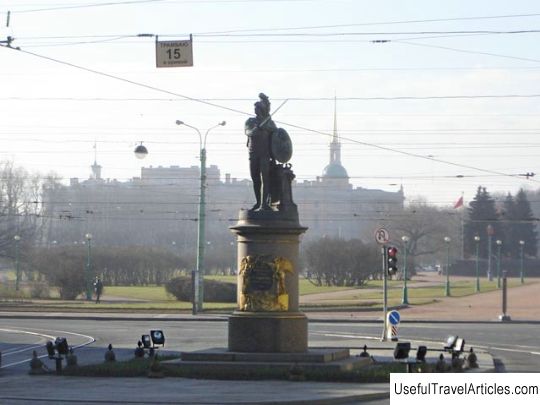
Monument to A.V. Suvorov description and photo - Russia - St. Petersburg: St. Petersburg. Detailed information about the attraction. Description, photos and a map showing the nearest significant objects. Photo and descriptionOpposite the Trinity Bridge is one of the largest squares in St. Petersburg - Suvorovskaya, which was formed by the project of Karl Rossi in 1818. The center of the square is the monument to Suvorov. According to some sources, this square between the Marble Palace and Saltykov's house is a kind of architectural foundation of the Trinity Bridge, according to others, it is the beginning of the Field of Mars ensemble. Suvorov is the greatest Russian commander who was awarded the highest military rank of Generalissimo, he was not not a single war has been lost. The idea of creating and erecting a monument to the great commander came to the mind of Emperor Paul I after the victorious return of the Russian troops from the famous Italian campaign. When in 1798 Napoleon conquered Northern Italy and Switzerland, Allied countries asked for help from Russia in the war with France. Field Marshal Alexander Vasilyevich Suvorov was appointed commander-in-chief of the Russian-Austrian troops. Count Suvorov returned from this campaign with a victory. And in this regard, Paul I gave the order to erect a monument to the field marshal in Gatchina. For the first time in Russian history, it was decided to erect a monument during the hero's lifetime. The project of the monument was approved at the beginning of 1800, its author was the famous sculptor Mikhail Kozlovsky. He presented the generalissimo in the form of Mars, the ancient Roman God of war, since the commander was often called the "god of war". In his creation, Kozlovsky did not strive for a portrait resemblance to the famous military leader, but rather focused on the glorification of the commander's talent. Mars, dressed in a helmet and armor, swiftly raises the sword. On the altar - Sardinian and Neapolitan crowns, tiara - the headdress of the Pope. They are covered by a shield with the coat of arms of the Russian Empire. All this symbolizes the victories of the Russian troops under the command of Suvorov. On the sides of the altar there are allegorical images of Faith, Love, Hope. The pedestal was made according to the project of A. Voronikhin. The bas-relief on the pedestal created by the master F. Gordeev is an allegorical image of Glory and Peace, overshadowing a shield with an inscription that recalls the great victories of the Generalissimo in the Russian-Turkish war of 1787-1791 on the Rymnik river and in Italy. The statue was cast from bronze by the famous caster V. Ekimov. The height of the sculpture is 3.37 m, and the height of the pedestal on which it rises is 4.05 m. The monument to Suvorov in terms of expressiveness and perfection of composition is one of the best monuments in Russia in the 18th century. The uniqueness of the monument also lies in the fact that it is the first significant monument completely created by Russian masters. The monument was originally planned to be installed in Gatchina, but then the location was changed - Emperor Paul I decided to erect a monument near his new residence - Mikhailovsky Castle. But the monument to the commander never became a lifetime. Count Suvorov died a year before the opening of the monument. And the initiator of its construction - Paul I - did not see its opening, he was killed two months before the opening in the Mikhailovsky Castle. On May 5, 1801, a grand opening of a monument to A.V. Suvorov, attended by Alexander I, the son of Suvorov, the entire generals of St. Petersburg. In 1818, the redevelopment of the territory around the Mikhailovsky Castle was completed. At the suggestion of Karl Rossi, it was decided to move the monument to the Generalissimo to a new square overlooking the Neva, which was named Suvorovskaya. In 1834, the cherry marble pedestal, which was cracked from frost, was replaced with a pink granite pedestal. The work was carried out by the master Visconti, its original form was preserved. During the Great Patriotic War, the monument to Suvorov, as well as two other monuments of the great commanders of Russia - Kutuzov and Barclay de Tolly, were not hidden. There was a sign: Leningrad would not surrender until a shell hits these monuments. During even the most terrible shelling, not a single monument was damaged. But there is an opinion that they still wanted to hide the monument in the basement of a nearby house, but the window opening turned out to be too narrow to be placed there, and Leningraders, weakened by hunger and shelling, did not have the strength to do so. The Suvorov Monument still stands today in the middle of Suvorov Square, personifying the valor of Russian weapons and the invincibility of the Russian army. The Tretyakov Gallery contains a model of this monument.          We also recommend reading Peter and Paul Cathedral description and photo - Ukraine: Lugansk Topic: Monument to A. V. Suvorov description and photo - Russia - St. Petersburg: St. Petersburg. |
